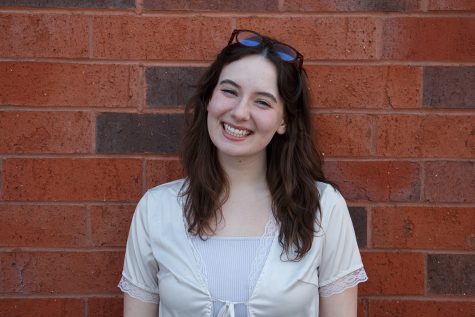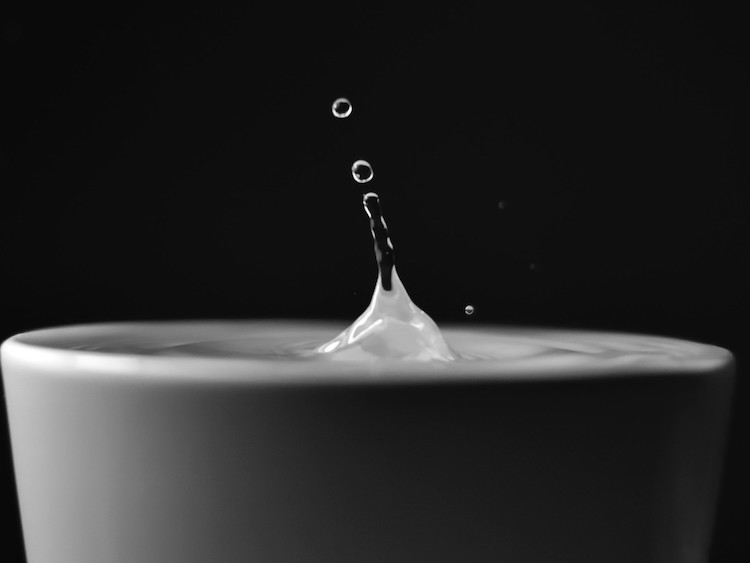Beauty standards: society versus reality
Beauty doesn’t have to be a physical attribute
Photo by Submitted
Hot girl summer vs. good personality?
My dad called me the other day — out of the blue — claiming he’d had an epiphany.
While standing in the bathroom brushing his teeth, blurry-eyed and in only his underwear, he’d been struck by a moment of intellectual genius at 8:00 a.m.
“Gross, Dad,” I said. “Didn’t need to know that whole underwear thing.”
He claimed it added to the suspense and continued to tell me what it was that had occurred to him.
Usually, when my dad updates me on his most recent philanthropic discoveries, they’re comparing midichlorians to world religions — not commenting on beauty standards. But, he’d piqued my interest, so I encouraged him to go on.
“Listen here, Gracie,” he began. “Society claims that beauty is on the outside — and beauty itself, is, I believe, what’s hard to achieve at a given moment in time,” he said.
He explained that throughout history the standards of beauty have shifted based on the climate of the world and the status of people.
During the renaissance for example, men, women and children were depicted as my father would put it, “not size two’s.”
The women are full in shape and are the picture, ha, of health. However, it is important to recall what other historic event Europe had recently crawled its way out of: the Black Plague.
In a time of sickness, death and poverty, being able to maintain a healthy weight was a feat all on its own. Granted, the subjects of these portraits were likely wealthy socialites — the influencers of the day.
Or, in times where people had to work in the fields, living off the land, where they’d spend hours in the sun, lighter skin was idolized because it was harder to obtain.
Depressingly, there is a trend here between “beauty” and privilege that cannot be ignored.
“But that’s only half of the theory,” Dad said.
Society claims beauty is whatever is hard to achieve, he said, when in reality, beauty is on the inside.
“That’s nice,” I said with a smile, although I couldn’t help but reflect on the hundreds of times I’d been told that by relatives, friends’ moms and cheesy Pinterest pins.
As a young woman who has been subjected to the beauty standards of today’s day and age, I am no stranger to the concept.
“Remember, beauty is what’s hard to achieve,” he said. “I think for today’s society, that means … ” — a dump truck, I thought — “… kindness.”
Oh.
It wasn’t what I’d been expecting. Looking back on it now, though, I’m not sure why. It’s about as cheesy as “Keep Calm and Love Yourself”, but it resonated with me.
At the time of this conversation, the Black Lives Matter protests were still fresh on everyone’s minds, and it didn’t seem so far-fetched that kindness would be hard to obtain in light of the racial injustices our country has failed to address.
“And get this,” he continued. “Everyone has a metaphorical cup that holds all that kindness and goodness. But sometimes a person has too much wonderful that the cup overflows and a little spills out — that little spill is true beauty.”
Now and then, I get a text from him saying something like “Unsolicited Theory of Beauty hotties: your mom.”
While those make me laugh, for obvious reasons, the idea is certainly thought-provoking.
Waiting for the world to proclaim my body type as the epitome of beauty will take too long. But, being a genuine, good person? I can work with that.
Schutte can be reached at [email protected].

Grace Schutte is a fourth-year creative writing and Spanish student. This is her fifth semester on staff, having previously served as a staff writer, Chief Copy Editor, a freelance writer, Currents Editor, and now as the OP/ED Editor. She is currently daydreaming about living softly. She is very content.

